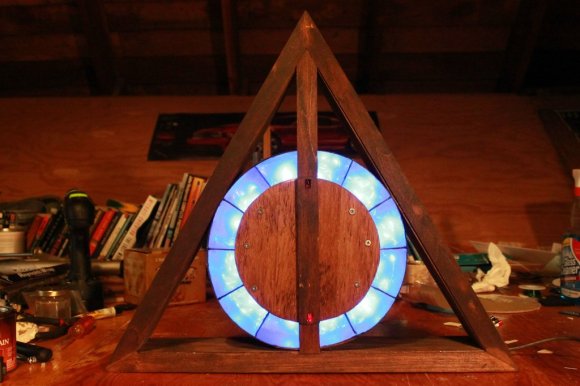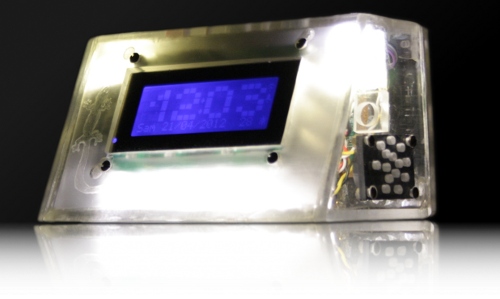
Anyone who has ever tried to keep time with an electronic project will have respect for a timepiece that stays accurate over the span of months or more. We think it’s even more respectable when it comes to mechanical watches. This video was made by the Hamilton watch company back in 1949 to explain the basic processes behind a precision mechanical timepiece.
It takes several minutes to get to the meat of the presentation, but we think you’ll find the introduction just as entertaining as the explanation itself. When it does come time to look inside the watch a set of large pieces is used to help illustrate the workings of each part. The clip (which is also embedded after the break) does a great job with these demonstrations, but almost immediately you’ll come to realize the complexity wrapped up in an incredibly tiny package. It goes on to explain the low-friction properties that are brought to the table by the jewel bearings. Enjoy!
















